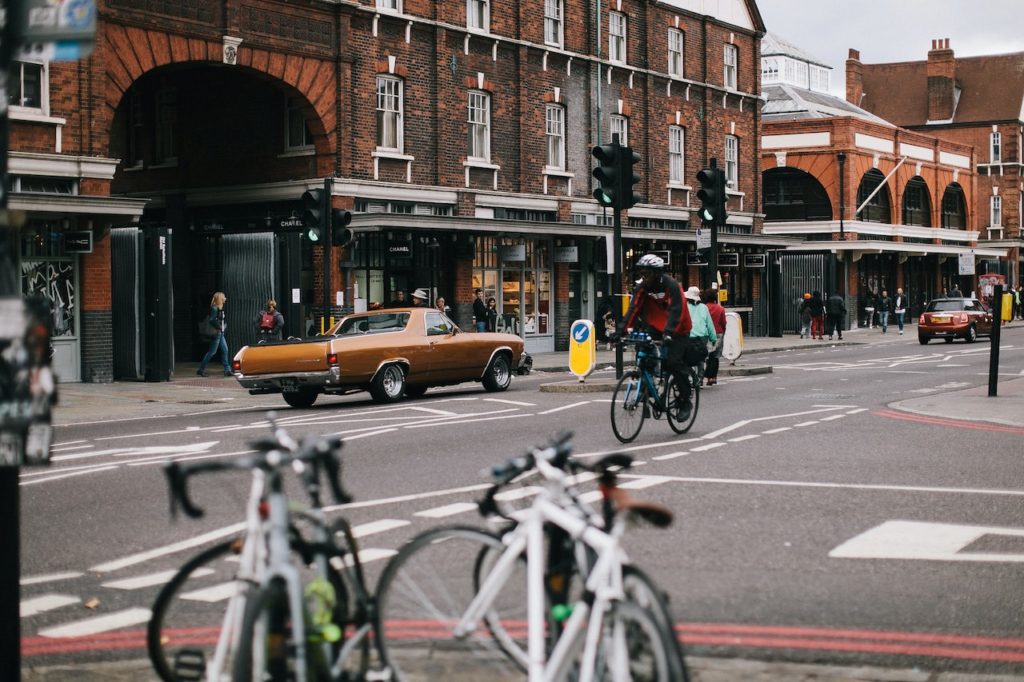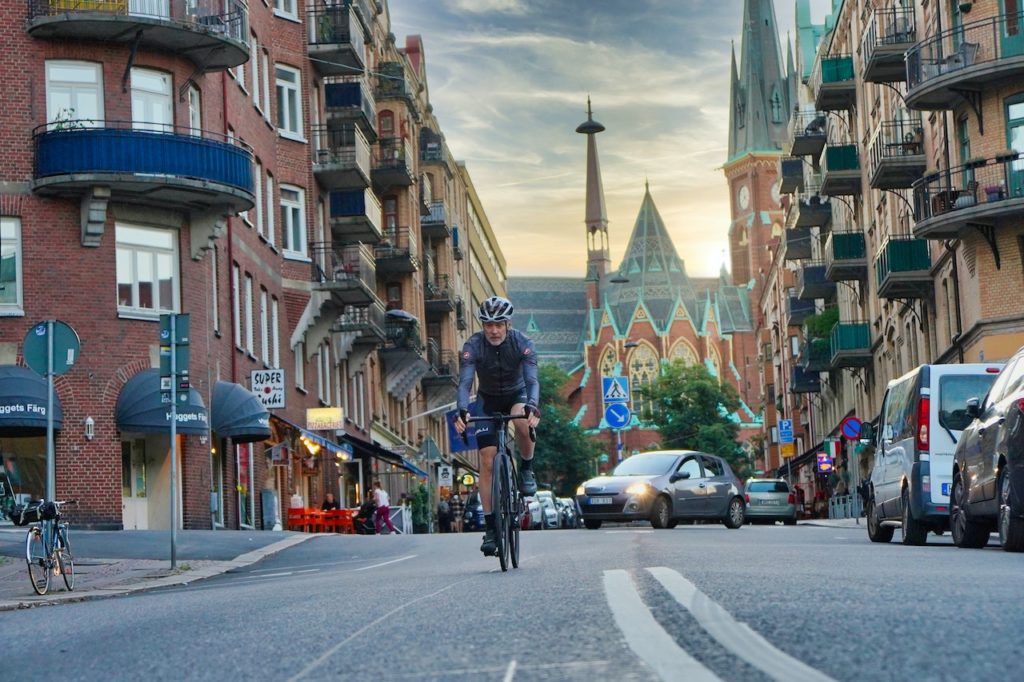We all know the safety of cyclists can sometimes be hard. We do know cars and bikes are also part of the issues we can find. But, thanks to C-V2X, this is something that can be solved with new technology to keep everyone safe.
It is hard to tell exactly how everyone is going to use it and how it is going to be implemented. But, the good news here comes with the fact that cyclists will feel safer from what than before. Now, let’s talk about everything we know, up to this point, about the C-V2X and what they are developing.
What do we know about C-V2X?
Currently, a new standard is being implemented all over the world. It is known as C-2VX, and international governments have opened the way. “C-V2X technology is destined to revolutionize the mobility ecosystem, and the way drivers engage with the world,” and that’s the main goal of 5GAA, who are willing to work to solve this issue!
There have historically been two sides when it comes to protecting bikers’ safety. The best bike lights ensure that riders are as visible as possible, while on the other side, technology like the best road bike helmets or the best commuter helmets aims to keep bikers safer in the event of an accident. The issue is that neither of them nor even the methods in which they affect outcomes are the answer to safety. That’s why there must be more assistance, and cyclists will take advantage of the resources at their disposal.
The rider plays no part at all in traditional bike safety talks. There is no question that the infrastructure at the center of this discussion functions. Better infrastructure must be built if society intends to keep bicycles safe. Despite this, infrastructure changes slowly. Are there more possibilities when technology advances more quickly?

What does C-V2X stand out for?
Cellular Vehicle-to-Everything, or C-V2X, is a foundation that uses a specific portion of the wireless spectrum. The precise frequencies will vary significantly depending on the nation, but Qualcomm and other chip manufacturers will manage that. It’s crucial to realize that direct device-to-device communication requires a dedicated spectrum. There is no need to rely on cellular networks for connectivity, and there is no delay when devices connect to the network and subsequently route to one another.
The interactions are instantaneous, flexible, and connectionless “on-the-fly” distance-based groupings. Each device broadcasts a signal that is not reliant on a line of sight using a multicast approach. Interactions will occur as other devices enter and exit the newly generated sphere of influence, depending on the devices involved.
This comes down to autonomous vehicles (AVs) communicating with one another. Each AV will communicate its actions to other vehicles in the area as it moves around the world and will respond appropriately. It may be as simple as realizing that one car is turning so that another can travel straight, but it may also be more complicated. Ad hoc networks may form and enable the cooperative operation of autonomous vehicles.
Key understanding of what AV is for automotive companies
The most typical way of thinking about technology is within this framework, yet it is constrained. The AV is not even the most significant component of the ecosystem at this time; it is merely one of many minor parts. Companies like Audi will integrate C-V2X for driving assistance features much before AV technology. You could begin to slow down if your Audi could inform you that the traffic light you can’t see yet will be red when you arrive. If you don’t start to slow down, the automobile may brake to avoid hitting other vehicles that are already stopped at the light.
So far, that’s part of what we can tell regarding the C-V2X. And we can get an idea of how it will work!

What can we find in the market nowadays?
Nowadays, we can still find some technologies that can help people stay safe when it comes to cycling. There’s no doubt that people can tell there are some ways for them to stay safe, and that’s something we will briefly discuss now.
The safety of cycling is a must, and people can take two sides to how they can manage things. You can either take a lot of control and add safety on what we could say is a macro level.
But there are also technologies for the automotive side, meaning this is work that must be taken from both sides. Still, the focus is taken more to the automotive side due to everything they offer.
So far, we can’t tell much about these technologies. But we can say they are working hard to give people what they need and what cyclists need on the road as well!
